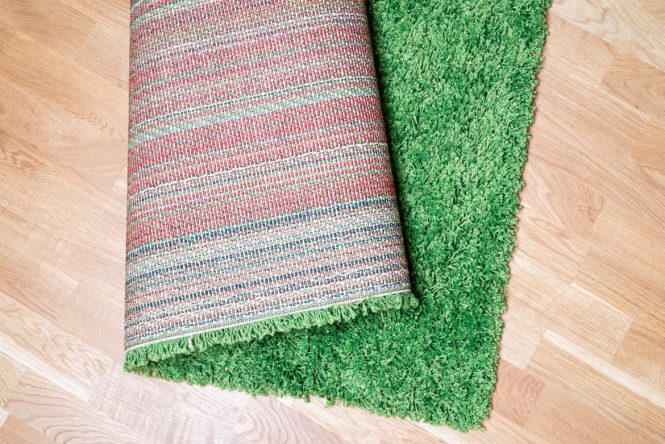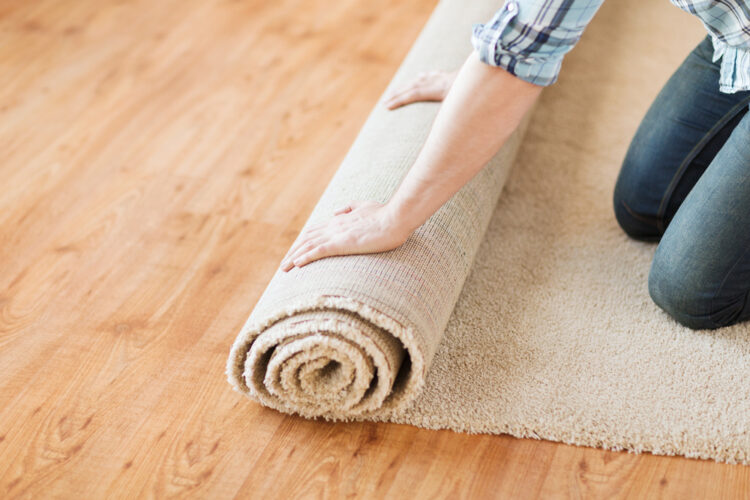

Fixing lifting carpet edges is a common problem that can significantly impact the appearance and longevity of your flooring. A lifted carpet edge can detract from the aesthetic appeal of your room and, if left unaddressed, can lead to further damage and potentially costly repairs. Understanding the causes of lifting and applying the right solutions is crucial for restoring a smooth, even carpet surface. This guide will delve into the causes, offer practical DIY solutions, and provide guidance on when it’s best to contact a professional. The article structure will guide you through recognizing the reasons behind lifted edges, evaluating suitable DIY fixes, and knowing when professional carpet repair is essential.
Identifying the Causes of Lifting Carpet Edges
Understanding Common Culprits
Many factors can contribute to lifting carpet edges, ranging from poor installation to everyday wear and tear. Sometimes, the problem stems from an inadequate or improperly performed installation. Uneven subfloor surfaces, insufficient padding, or improperly tacked down carpet edges can all lead to lifting. Furthermore, heavy furniture regularly placed on certain areas can cause the carpet to lift over time. Another significant factor could be water damage. Moisture can weaken the carpet fibers, adhesive, and potentially the subfloor, resulting in lifting. Even small spills can have an impact over time. Understanding the specific cause is essential for selecting the appropriate fixing method.
DIY Solutions for Fixing Lifting Carpet Edges
Tacking Down Loose Carpet Edges
Tacking down loose edges is a basic fix for minor lifting issues. Using tack strips and carpet tacks, carefully secure the lifting edges. Ensure the tacks are driven in evenly to avoid further problems. If the area is extensive, using a carpet tacker is advisable. Tacking the carpet to the floor is often a straightforward approach for small issues, ensuring that the tacks go straight through the backing and into the floor or tack strip underneath. For more challenging areas or carpets with delicate backing, seek assistance.
Applying Carpet Repair Tape
Effective Solution for Mild Lifting
Carpet repair tape is an efficient solution for less serious lifting issues. Carefully measure the affected area and cut a piece of carpet repair tape that is slightly larger than the lift. Apply the tape smoothly over the lifted section, pressing firmly to adhere it to the floor and carpet. You can also use a steam iron, held a few inches above the area, to gently heat the tape. Applying even pressure during the process is crucial to ensure proper adhesion.
Professional Carpet Repair Services
When Professional Help Is Needed
In situations where DIY fixes prove insufficient or if the lifting is severe or widespread, contacting a professional carpet repair service is advisable. Professionals possess the expertise and specialized tools for resolving complex issues. They can diagnose underlying problems such as uneven subfloors or extensive moisture damage. They can also use specialized techniques like adhesive applications or even replacement in more extensive damage cases. Professional carpet repair can save you time and money in the long run by preventing further damage and ensuring a lasting fix.
Maintaining Your Carpet for Longevity
Preventing Future Lifting Problems
Regular carpet maintenance is essential for preserving the lifespan and appearance of your carpet. Avoiding placing heavy furniture on one area for extended periods can prevent problems. Also, use placemats to avoid direct contact with moisture or heavy objects. Addressing spills immediately is key, as moisture can be a catalyst for lifting. Vacuuming your carpet regularly helps remove dirt and debris that can contribute to damage.
Frequently Asked Questions
Q1: What are the most common reasons why carpet edges lift?
A1: Carpet edges can lift due to various reasons, including improper installation, uneven subfloors, insufficient padding, or heavy furniture. Moisture damage, like spills or leaks, can also lead to carpet lifting. It’s essential to identify the root cause to implement the correct solution. Identifying the reason behind the lifting is the first step to effectively addressing the problem.
Q2: Can I fix lifting carpet edges myself, or do I always need a professional?
A2: For minor lifting issues, such as loose edges or small areas, DIY fixes like tacking down loose edges or using carpet repair tape can work. However, if the lifting is widespread, there are underlying issues or there are extensive areas affected, it’s often best to consult a professional carpet repair service. Professionals possess the expertise and tools to identify and resolve more complex problems, helping you to prevent further damage and save potential future costs.
In conclusion, fixing lifting carpet edges is a multifaceted process that requires careful consideration of the underlying causes and appropriate solutions. By understanding the root of the problem, whether it’s poor installation, heavy furniture, or moisture damage, you can address the issue effectively and prevent further damage. Remember to prioritize safety and use the right tools and techniques. For more comprehensive solutions, consider consulting a professional carpet repair service. Don’t hesitate to reach out if you need additional assistance or have further questions.